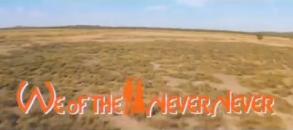 8585363712083796333.jpg
8585363712083796333.jpg
Screen cap from promotional trailer
Adaptation of
We of the Never-Never
1908
single work
novel
Issue Details:
First known date:
1982...
1982
We of the Never Never


